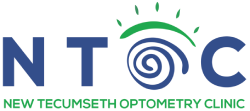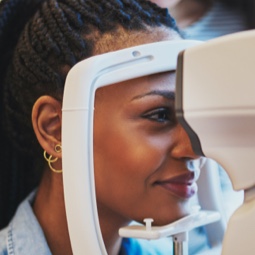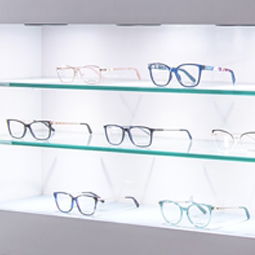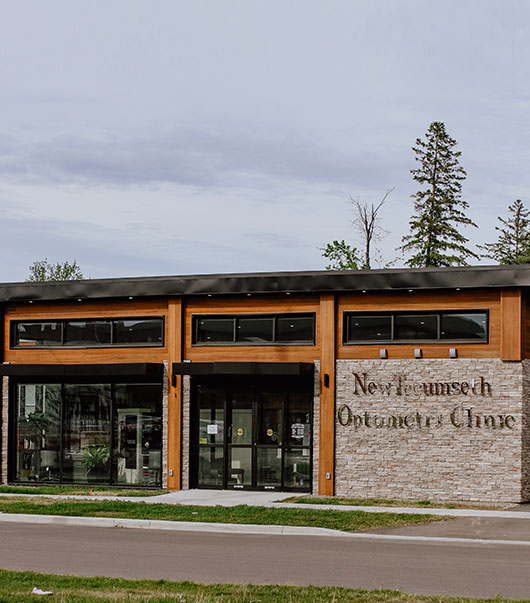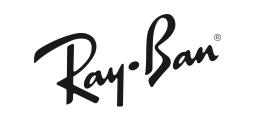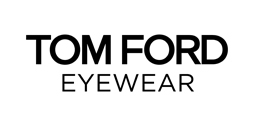What Causes Myopia?
Myopia typically develops from abnormally shaped eyes, where the eyeball is too long, or the cornea has too steep of a curvature. When myopia develops, entering light focuses in front of the retina instead of on the retina.
Myopia may have other contributing factors, such as:
- Reduced time outdoors
- Increased time in front of digital screens
- Family history
Common Myopia Signs in Children
Children may not even know they have a visual problem, so don’t wait for them to speak to you about any concerns.
Recognizing common symptoms can help identify developing myopia. An eye exam can help diagnose potential myopia, so request an appointment if your child demonstrates any of the following signs:
- Frequent squinting
- Holding books close to their face when reading
- Difficulty focusing in school
- Sitting close to digital screens (television, computers)
- Frequent headaches
